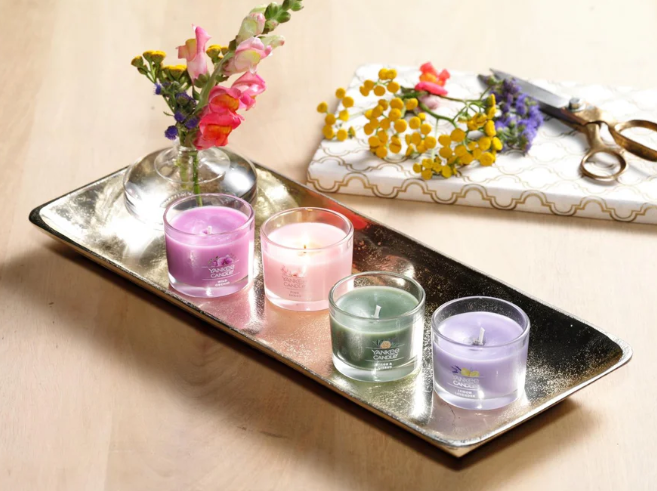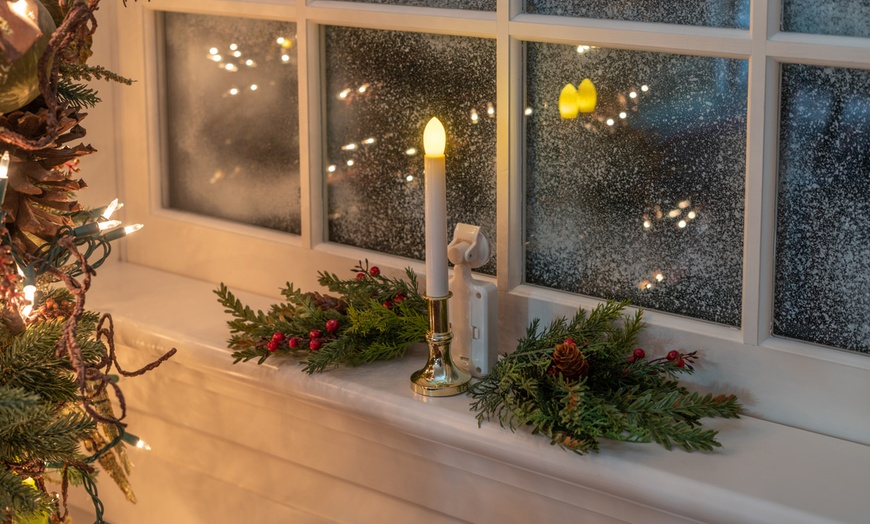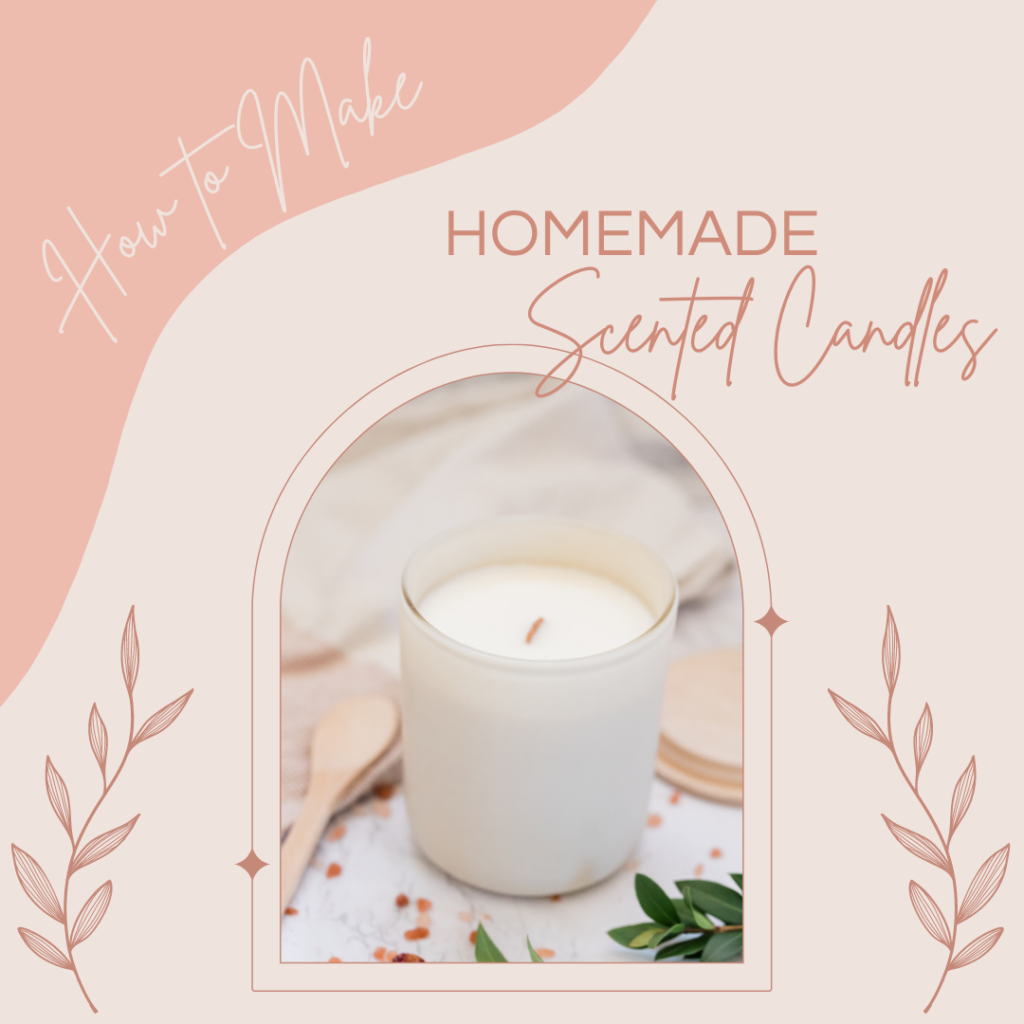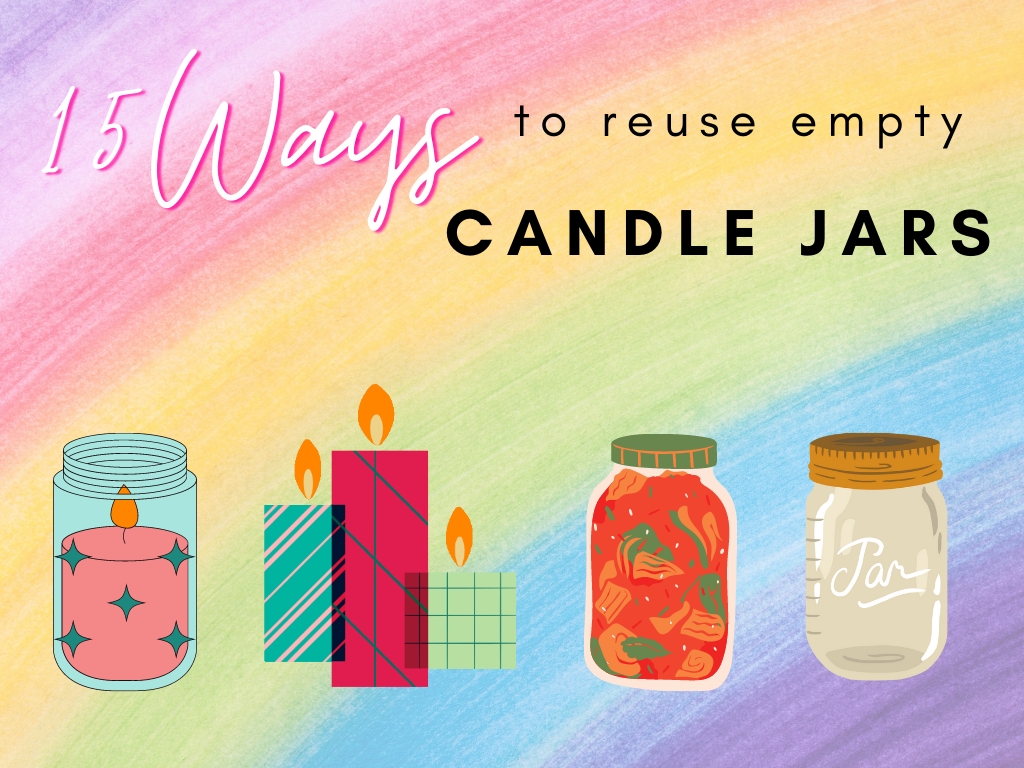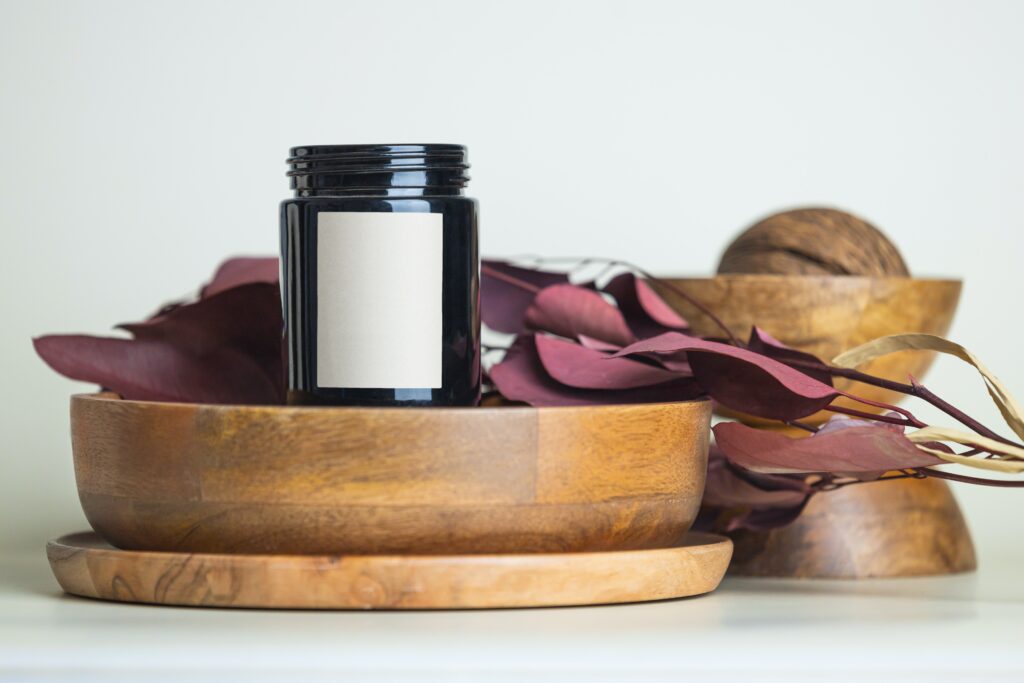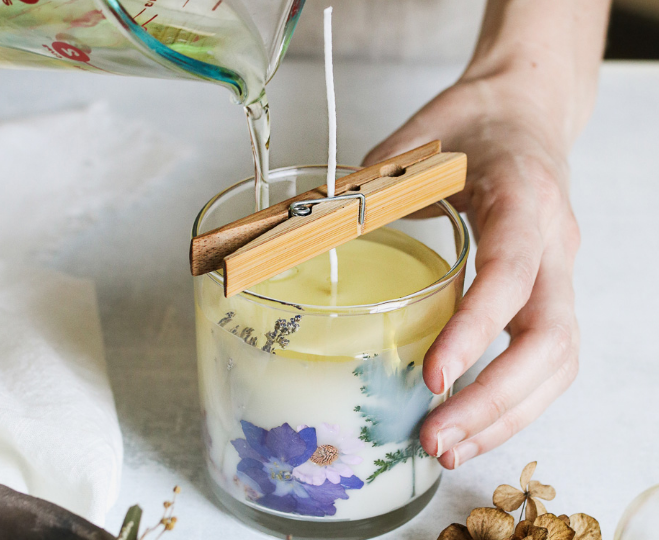How To Clean A Candle Snuffer?
You essentially have two alternatives, just as with any wax stain. Option number one involves freezing the wax until it becomes hard and flaky. Then, using a knife or scraper, you may remove the frozen wax. The second alternative is to warm up the wax and let it drip onto a paper towel.
I just scrape it off, and I’ve never experienced any problems with flaws or scratches.
For cleaning candle snuffers and accessories made of glass, metal, and ceramic, use these three steps:
1. Scrape or chip away any extra wax to remove it. It could be helpful to put it in the freezer for a few hours first if there is a lot of wax
2. In very hot water, soak. Allowing items to come back to room temperature before this step will prevent cracking for glass and ceramic accessories that have been in the freezer.
3. While the wax is still hot, remove any leftover wax with a soft cloth or paper towel.
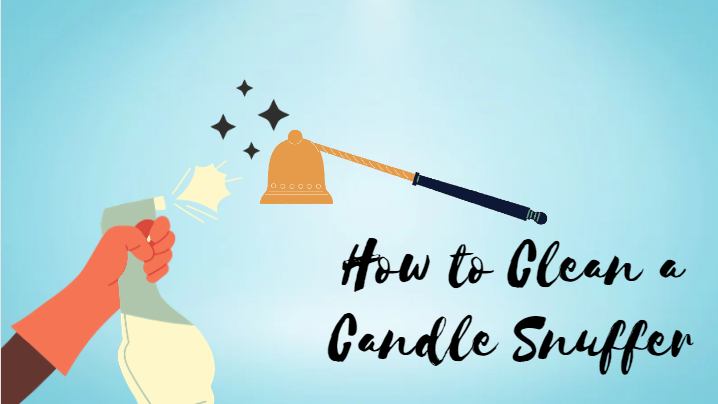
Making your candle last Tips
When it comes to candles, it is important to make sure that you are using the proper tools to get the most out of your investment. One tool that is often overlooked is the candle snuffer. Candle snuffers are used to extinguish candles and prevent them from smoking. Not only do they make your candles last longer, but they also help keep your home clean and free of soot.
Here are a few tips on how to properly use a candle snuffer:
- Extinguish the flame by snuffing out the wick with the candle snuffer. Do not blow out the candle as this can cause the hot wax to splatter.
- Make sure that the wick is extinguished completely before moving the snuffer away from the candle. If there is any glow remaining, gently press the wick into the wax with the snuffer.
- After extinguishing the flame, trim the wick to about ¼ inch. This will help prevent smoking and ensure that your candle burns evenly next time.
- Avoid using water to extinguish candles as this can cause the hot wax to splatter. If you must use water, make sure to use a small amount and douse the flame from a distance.
Make sure your candle burns evenly when you initially light it. Once a candle is lit, let it burn for a while. Make sure the entire surface has melted before extinguishing a candle. Why? If you don’t, your candle may form a solid, never-melting wax rim.
After using your candle, tidy up. After a few uses, it’s easy to observe soot and other particles building up inside a candle’s container. Remove this dirt as soon as you see it.
Your candle’s wick should be cut. Make sure the wick on your candle is the right length for a smooth, even burn. It could be necessary to perform some trimming. Before lighting your candle, double-check the length of the wick. Use a wick trimmer to carefully cut it off if it is longer than the recommended 0.25 inches. Try to be as precise as you can. A wick that is too short risked sinking into a pool of molten wax and becoming ineffective.
Put out your candle while there is still wax inside it. Candles shouldn’t be lit until all of the wax has been utilized.
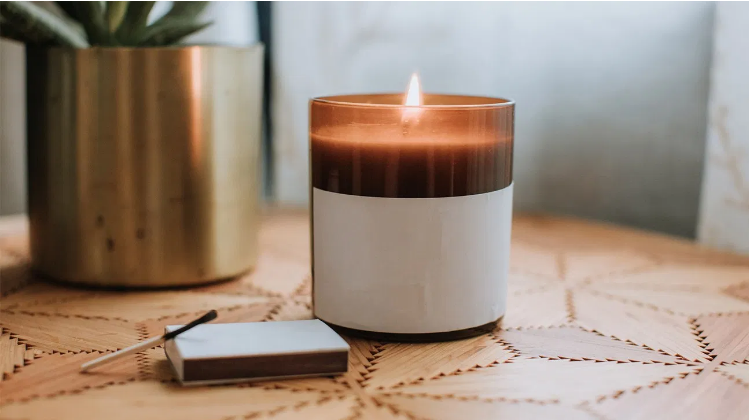
Care Instructions for Candles
When it comes to candles, it is important to take good care of them to prolong their life and keep them looking their best. One important part of candle care is cleaning the candle snuffer. Candle snuffers are used to extinguish flames and prevent smoky build-up on the wick. Over time, however, the snuffer can become clogged with soot and wax. Here are some tips for keeping your candle snuffer clean:
Start by emptying any wax or soot that has accumulated in the snuffer. You can do this by gently tapping it on a hard surface or using a small brush to remove the debris.
Once the snuffer is empty, wash it with warm, soapy water. Be sure to rinse it well afterward.
If your snuffer is made of brass or another metal, you can polish it with a soft cloth to restore its shine.
By following these simple tips, you can keep your candle snuffer clean and in good condition for many years to come!
Looking for more tips on how to take care of your candles? Check out our guide on How to Make Your Candles Last Longer.
Why You Shouldn’t Blow Out the Candles
• To avoid the sputtering smoke, I used to leave the room as soon as our candles were put out before opening the candle starter. I had no idea there was another option.
• If you blow out taper candles too enthusiastically, the wax may splatter all over the table and, in some cases, the entire room, making cleanup a challenge.
• There was a lot of smoke produced by blowing out the candles.
• For candles that are in a container, blowing them out can push the wick deeper into the wax. When the wax solidifies, the wick is buried, and if it is retrieved, it can be destroyed.
• Blowing out a candle may produce a significant amount of soot in a container.
I now always snuff out our candles with a wick snuffer. I pinch the wick and carefully raise the snuffer/tweezer, sinking it into the wax just below the surface to extinguish the flame. Be careful not to pull the candle’s wick out. This is advantageous in several ways:
• The wick is coated with molten wax to keep it erect and prevent it from flopping over and getting buried in the wax.
• Waxing the wick makes lighting the candle easier.
• For a cleaner appearance while the candle is not in use, it removes any scent bloom (mushroom) from the top of the wick.
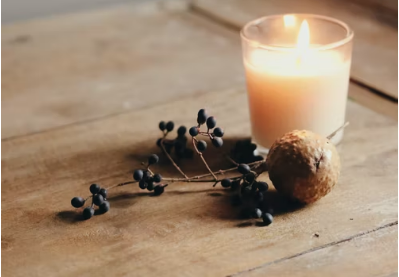
Conclusion
For generations, candle snuffers have been used to put out candle flames. The cone-shaped top prevents air from reaching the flame, which extinguishes it. All candle varieties, including scented container candles, tapers, and pillars, can be extinguished with a candle snuffer.

